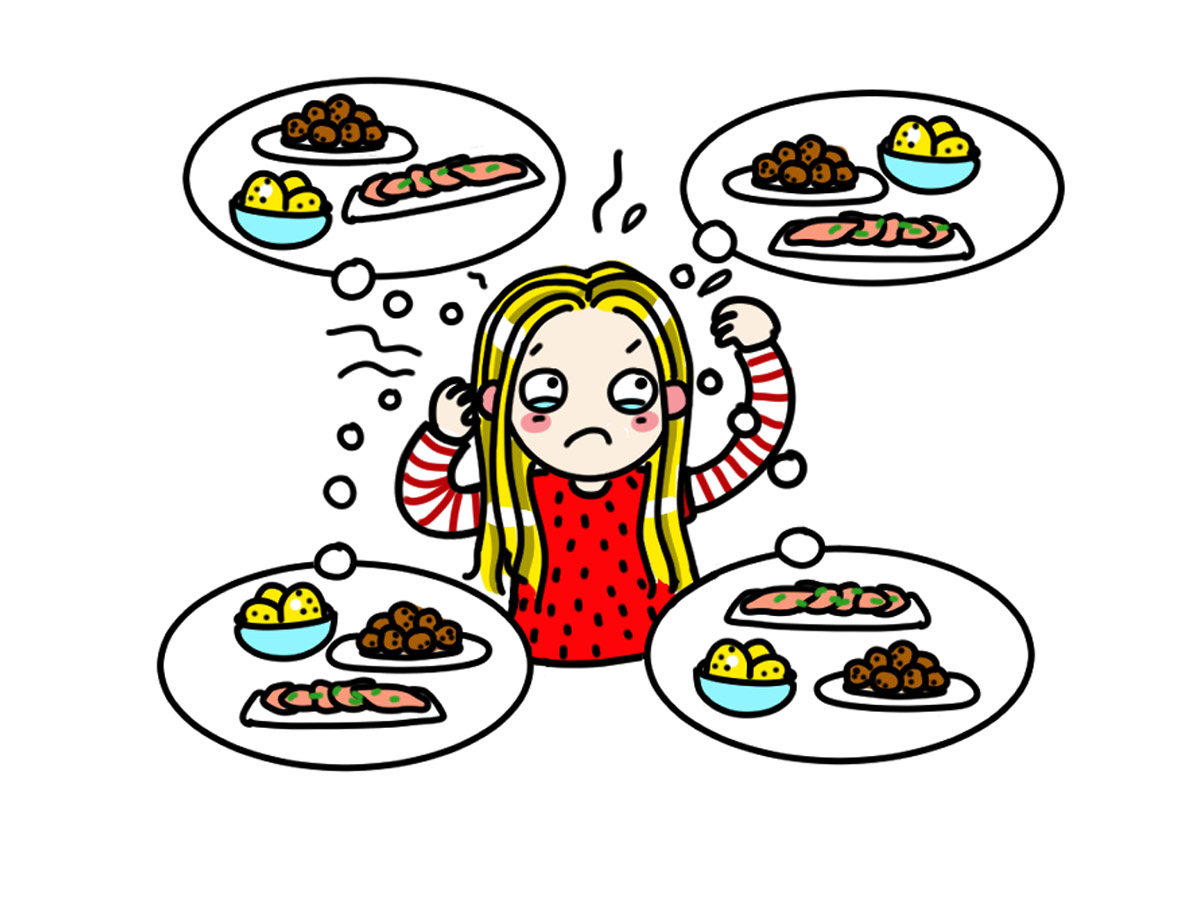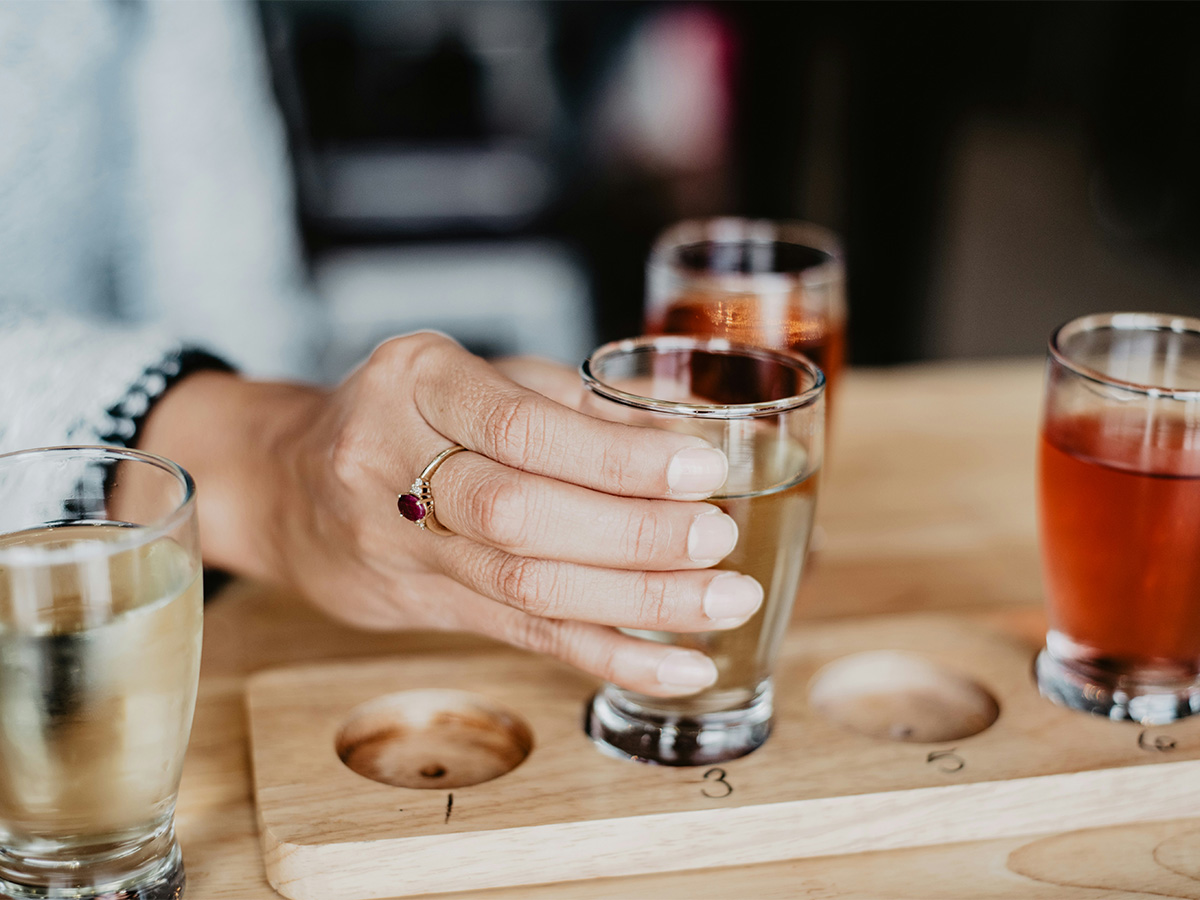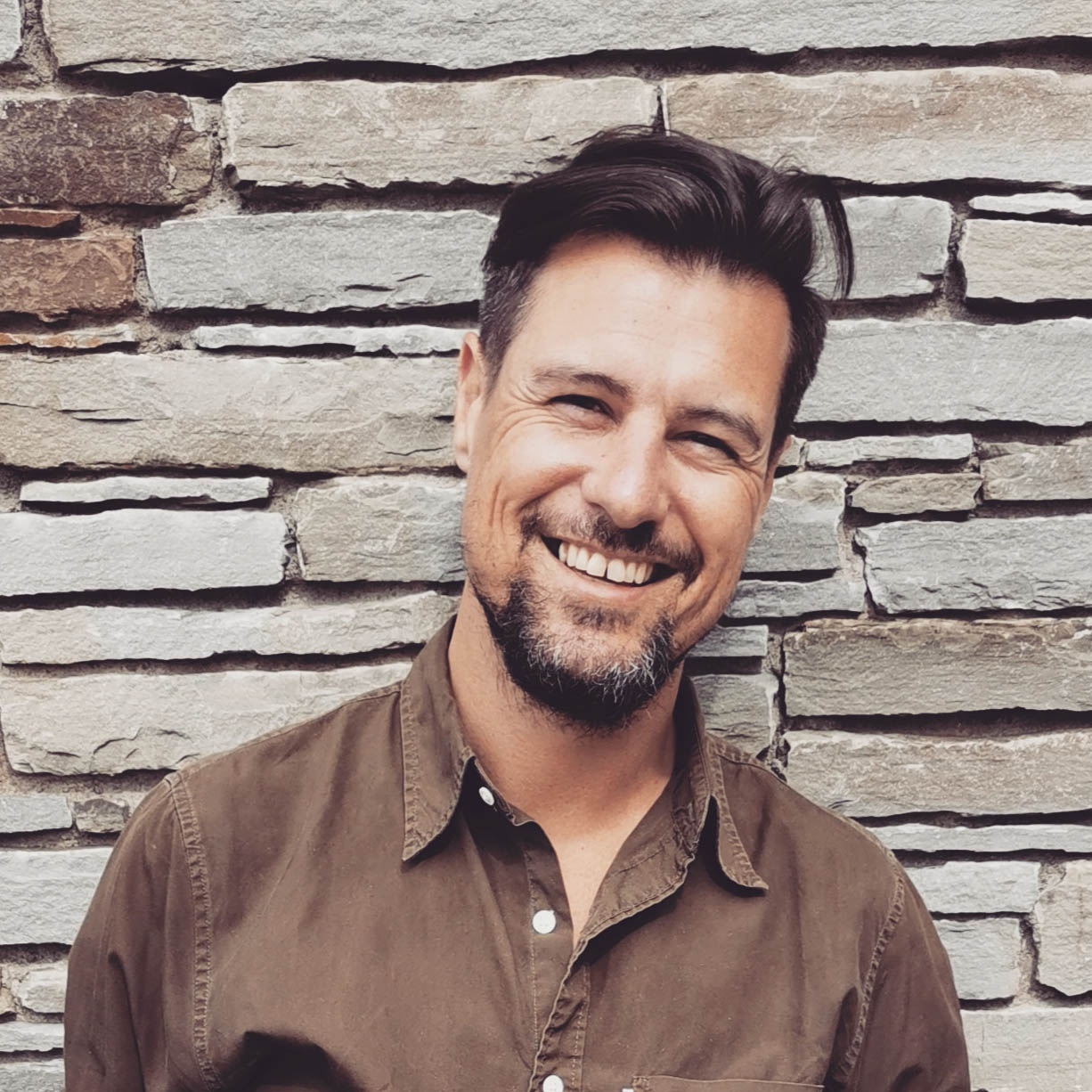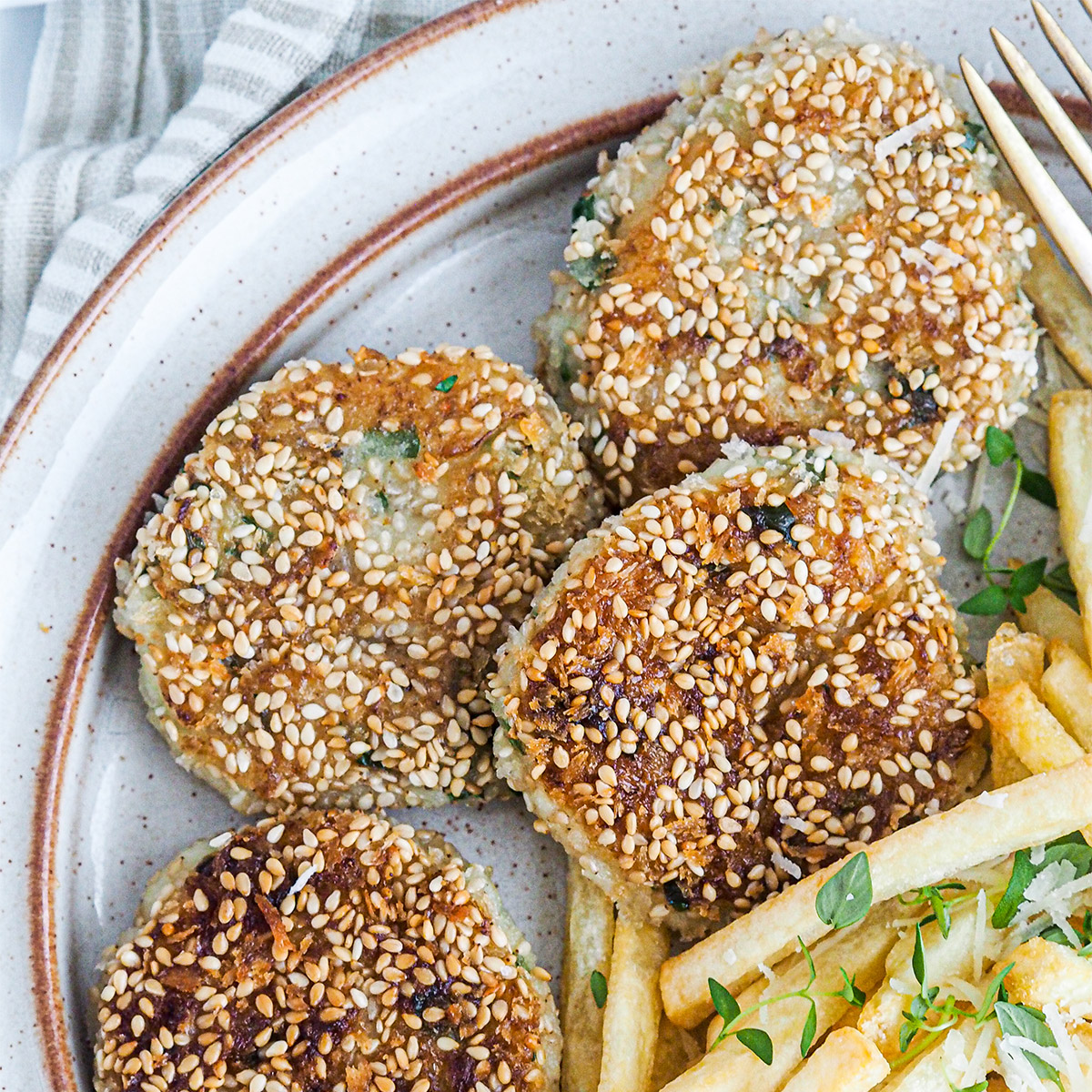Alejandra Cerda Ojensa: What do we store in our belongings?
By Alejandra Cerda Ojensa
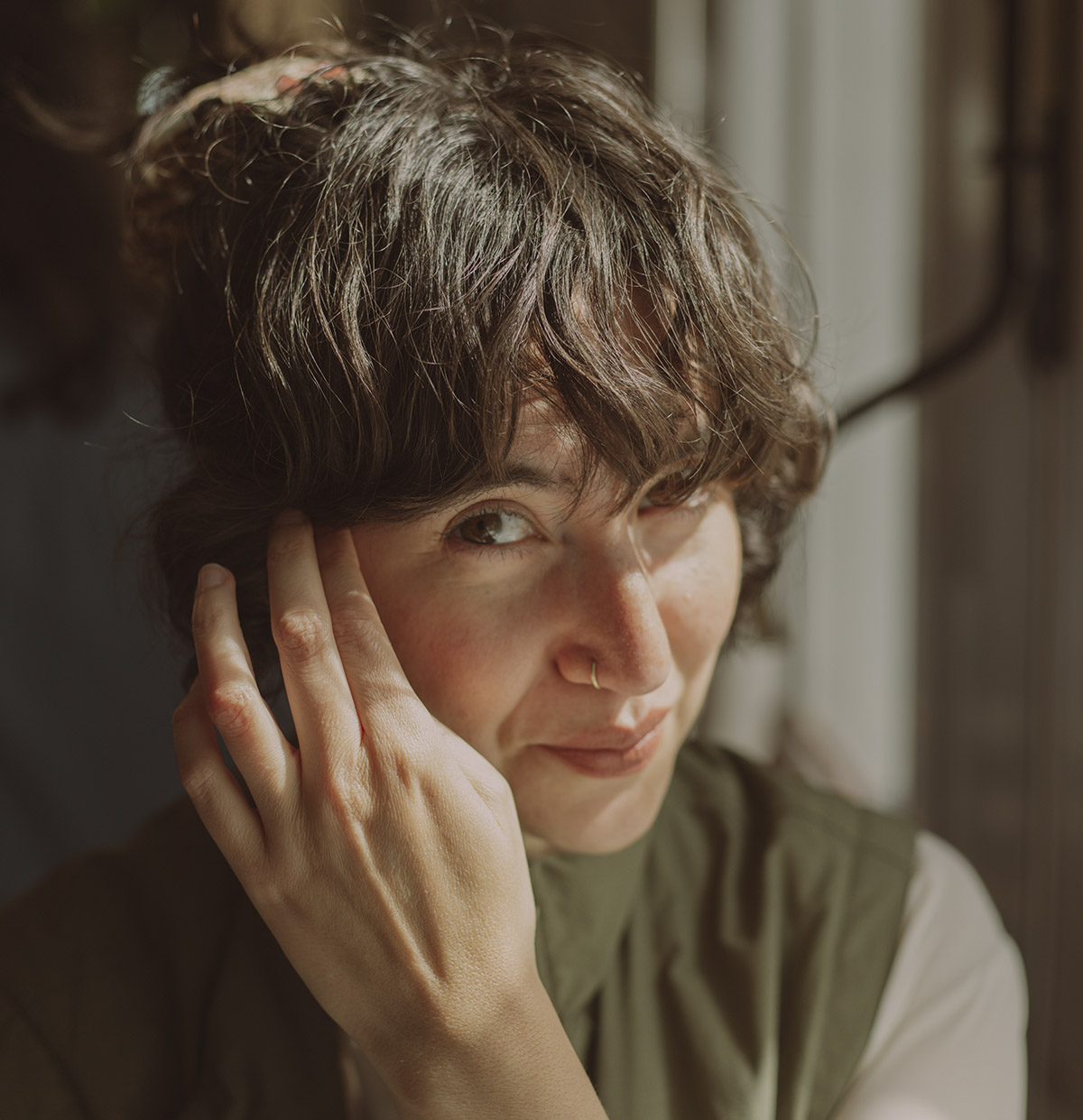
I was 11 when I went with my family to look at a house that my parents were considering buying. The little cabin was on the top of a hill and the owner, an old man, told us about all the beautiful things he had there. We walked up the hill, he opened the door and a wall of things hit us. I had never seen anything like it. The summer cabin was filled with things from the floor up, leaving less than a metre of free space from the top of the pile to the ceiling. We took turns standing on a stool to look over the mountain of stuff.
I recently listened to a documentary about hoarders and learnt about the struggles that come with extreme collecting. They mentioned the link between being afraid of not having money to eat and using things as a safety blanket. Everything had a value that could quickly be turned into money if needed. Just in case.
It got me thinking about the first time I encountered minimalism as a lifestyle and ideology. The two men, Joshua Fields Millburn and Ryan Nicodemus, who collaborate under the name ‘The Minimalists’, both come from poverty, and when Joshua had to deal with the things his mom left after her death, he also had to deal with her traumas. There were memories on top of memories, unresolved problems, mixed with things that were worthless for other people. As I try to live a sustainable life inside and out, it got me questioning, what traumas do I store in the things I own?
Alejandra Cerda Ojensa is a Swedish sustainability blogger based in Copenhagen. She loves sustainable fashion, plant-based food, natural wines and music, and writes a column for Scan Magazine about sustainable lifestyle. Instagram: @alejandracerda.co
Subscribe to Our Newsletter
Receive our monthly newsletter by email

